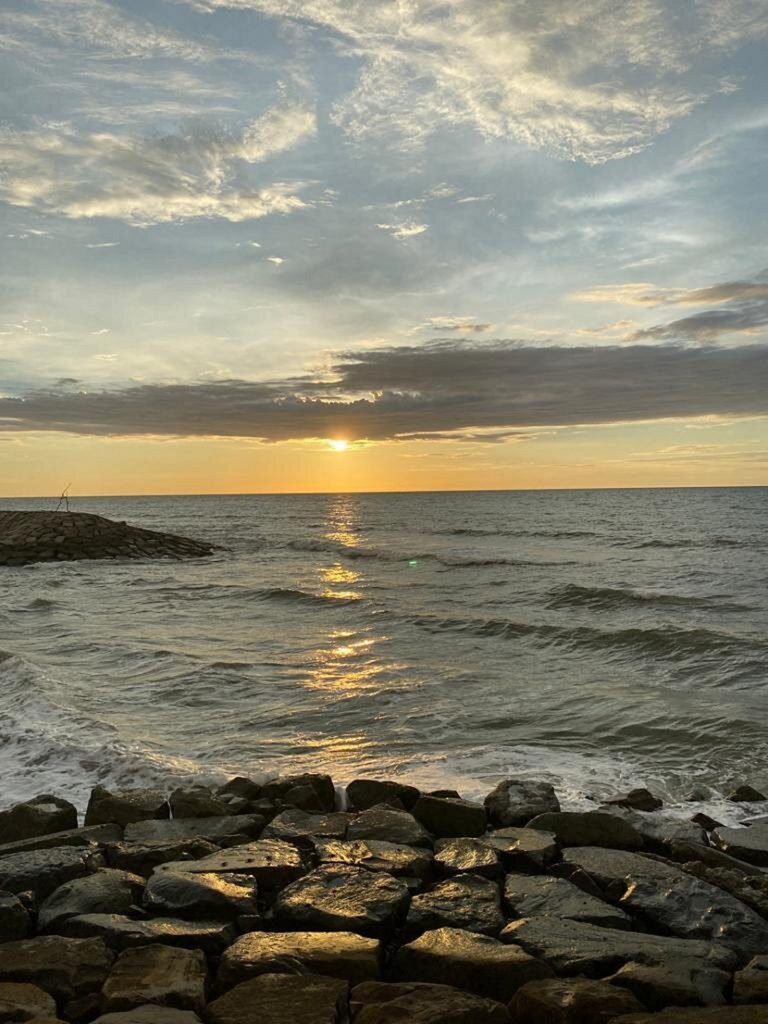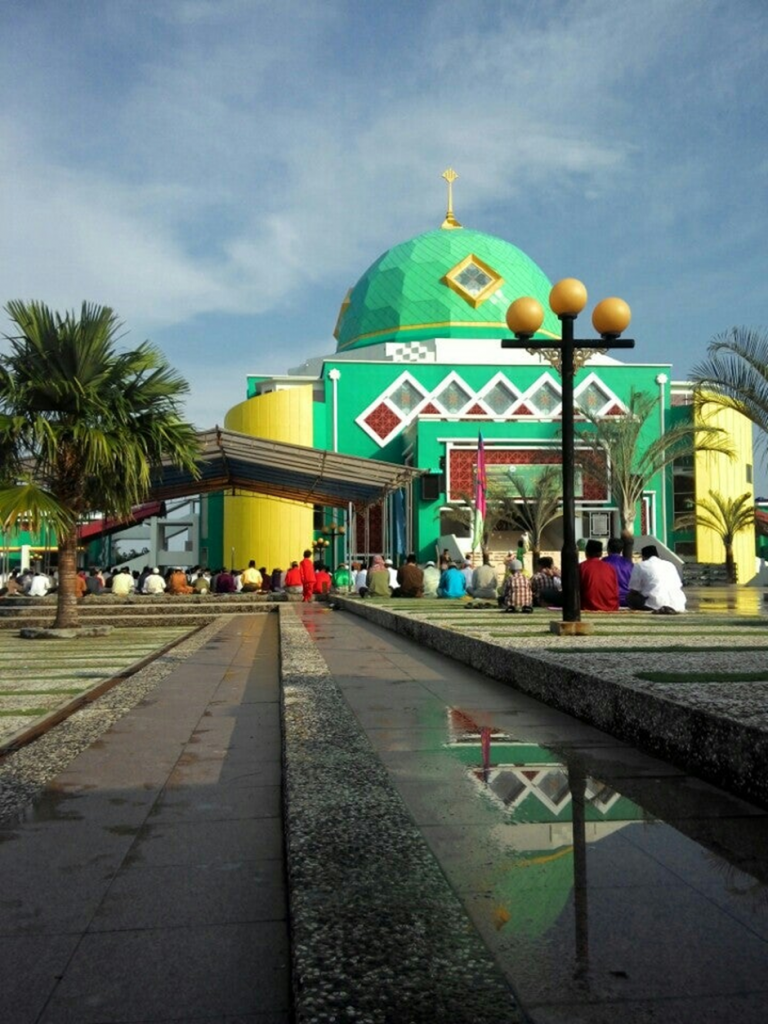by Andy Khong
Tucked away in the Riau Archipelago, Karimun Island is a pristine and often overlooked gem in the diverse landscape of Indonesian tourism. While places like Bali and Jakarta steal the spotlight, this serene island offers a unique and untouched charm. Karimun Island now forms part of the Batam-Bintan-Karimun Free Trade Zone (FTZ), which is being developed into an industrial and tourism region [A FTZ is where most manufacturing-related production activities are permitted without cross-border custom clearances and trade-related taxes to boost industrial development and international trade].
Location and Geography
Karimun Island, part of the Riau Archipelago in Indonesia, is strategically located in the South China Sea, sharing its waters with Singapore, Malaysia, and the nearby Indonesian islands of Batam and Bintan. The island’s geographical features include lush rainforests, pristine beaches, and a coastline that stretches for 75 kilometres (47 miles). It’s precisely this unspoiled natural beauty that sets Karimun apart from its more commercialized counterparts. Almost all the population of Karimun lives on the main island of Karimun Besar (translated as “Big Karimun“), and its bustling port of commerce is Tanjung Balai.
[Note: When people mention about “Karimun”, they often refer to Karimun Besar Island which is the most prominent island in the archipelago, which is different from Karimunjawa group of islands located in Jawa Sea].

History and Founding
The history of Karimun Island is steeped in maritime trade and cultural diversity. Once an integral part of the Srivijaya Kingdom, the island has seen a mix of Malay, Chinese, and Javanese influences. While it has a long history, the island’s modern development only began in the 19th century when it was officially recognized by the Dutch colonial administration.


Getting to Karimun Island by Ferry
Karimun Island is accessible by ferry from various neighbouring regions, making it a convenient destination for international travellers and those looking for a tranquil escape. Here’s how you can get to the island from different locations:
- From Singapore: You can catch a ferry from the Harbour Front Ferry Terminal in Singapore, which is well-connected to the city and Changi Airport. The ferry ride typically takes around 2-2.5 hours, offering a scenic voyage over the South China Sea.
- From Malaysia: Ferries from Malaysia, specifically from Kukup in the state of Johor, provide an option for visitors to access Karimun Island. The journey takes about 3-hours.
- From Batam: Karimun is accessible from Sekupang, Batam by a 1.5-hour ferry ride. This option allows travellers to explore both islands in a single trip.
- From Bintan: A 2-hour ferry ride from Tanjung Pinang, Bintan connects you to Karimun Island. This makes it easy to include Karimun as a part of your Bintan vacation.

Touristy Things to See and Do
- Pristine Beaches: Karimun’s pristine beaches, like Pongkar and Pelawan Beach, offer sunbathing, water sports, and mesmerizing sunsets. These uncrowded shores make it an ideal destination for relaxation.


2. Cultural Diversity: Explore the island’s unique blend of Malay, Chinese, and Javanese cultures by visiting temples, local markets, and historical sites.
3. Water Activities: Karimun Island is a water sports paradise, with snorkeling, scuba diving, and fishing opportunities. The vibrant marine life and coral reefs are a delight for underwater enthusiasts.
4.Island Hopping: The strategic location of Karimun Island allows for exciting day trips to nearby islands such as Sugi Island and Kundur Island. These islands offer hidden coves, dense forests, and secluded beaches.


5. Delicious Seafood: Savour the island’s fresh seafood, including grilled fish, prawns, and crab, at the local seaside restaurants.


Comparison to Batam and Bintan
While Karimun Island is less developed than its neighbouring Batam and Bintan, it offers a quieter and more culturally immersive experience. Batam is known for its resorts, golf courses, shopping, and vibrant nightlife, while Bintan attracts luxury travellers with high-end resorts and golfing facilities. Karimun, on the other hand, is an authentic Indonesian island experience for those seeking tranquillity and cultural exploration.
Is It Worth Visiting Karimun Island?
Karimun Island is undoubtedly worth a visit for travellers seeking a genuine, off-the-beaten-path adventure. Its untouched beauty, rich cultural diversity, and serene ambiance offer a unique experience that’s distinct from the more commercialized destinations nearby.

Future Potential as a Tourist Centre
Karimun Island holds great potential for becoming a significant tourist centre in the future. With strategic development, preservation of its natural beauty, and promotion of cultural and eco-tourism, Karimun can attract more visitors while retaining its authentic charm. As travellers increasingly seek unspoiled paradises, Karimun Island is poised to emerge as a sought-after destination in Indonesian tourism, offering a quiet escape into the heart of south-east Asia’s natural beauty and culture.
You might also be interested in reading the following:
Batam Island – the other tropical paradise near Singapore
Bintan Island – a glimpse into paradise
Borobudor – one of the greatest Buddhist monuments in the world
Rason in DPRK (North Korea) is a Special Economic Zone (SEZ) which is operating like the Free Trade Zone (FTZ) of Batam-Bintan-Karimun
To stay in touch with YPT’s International Tours, click here.





